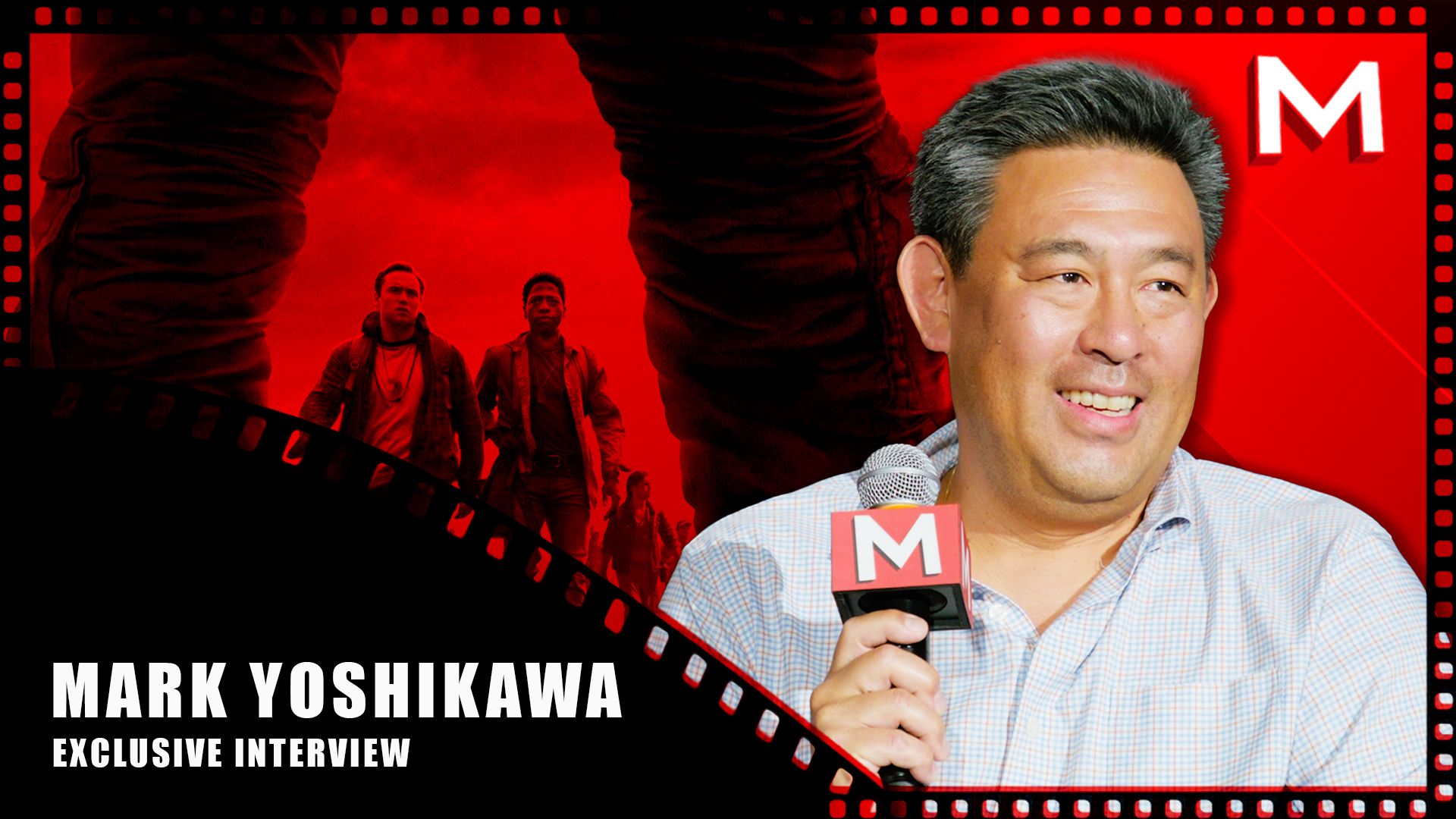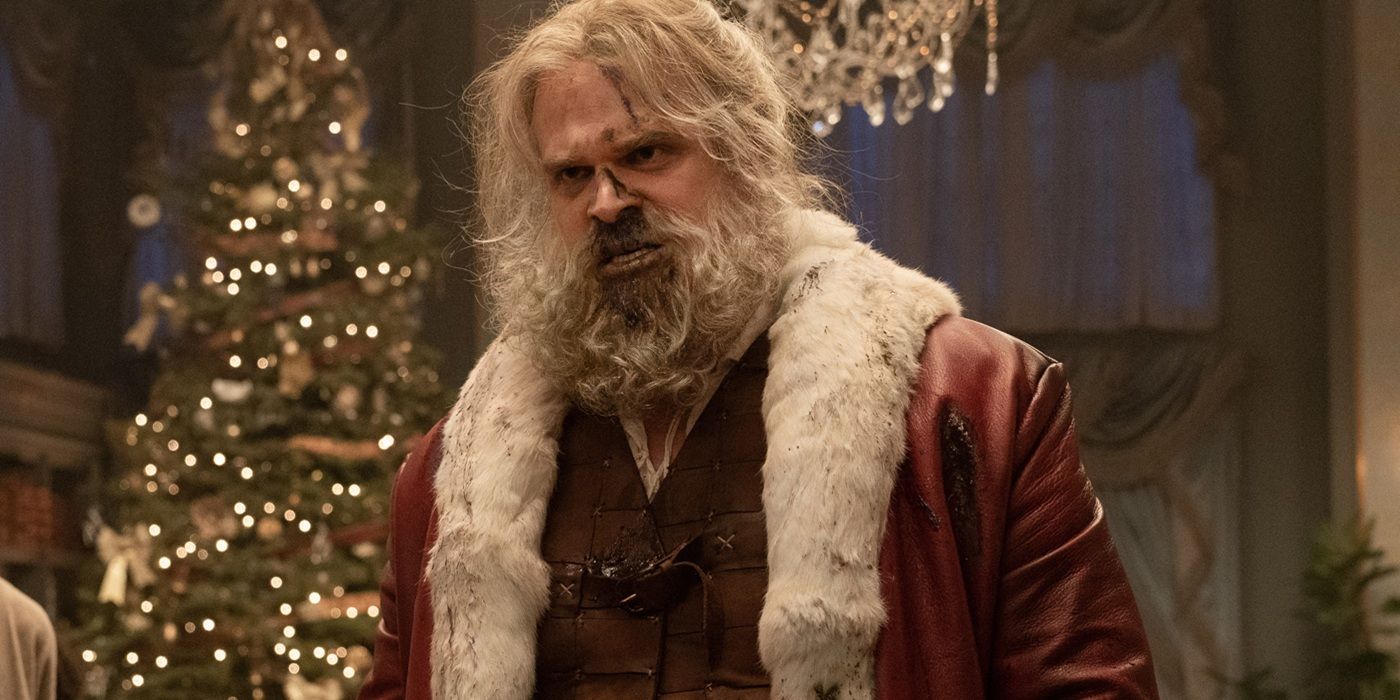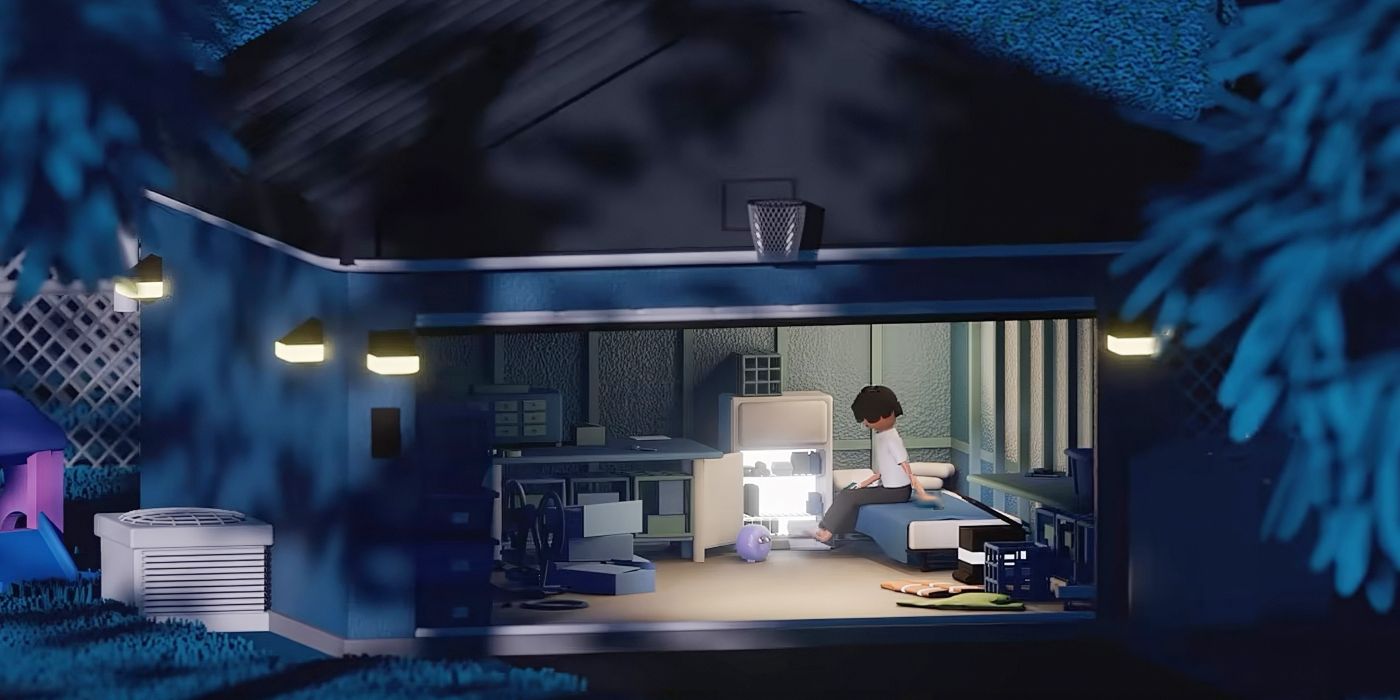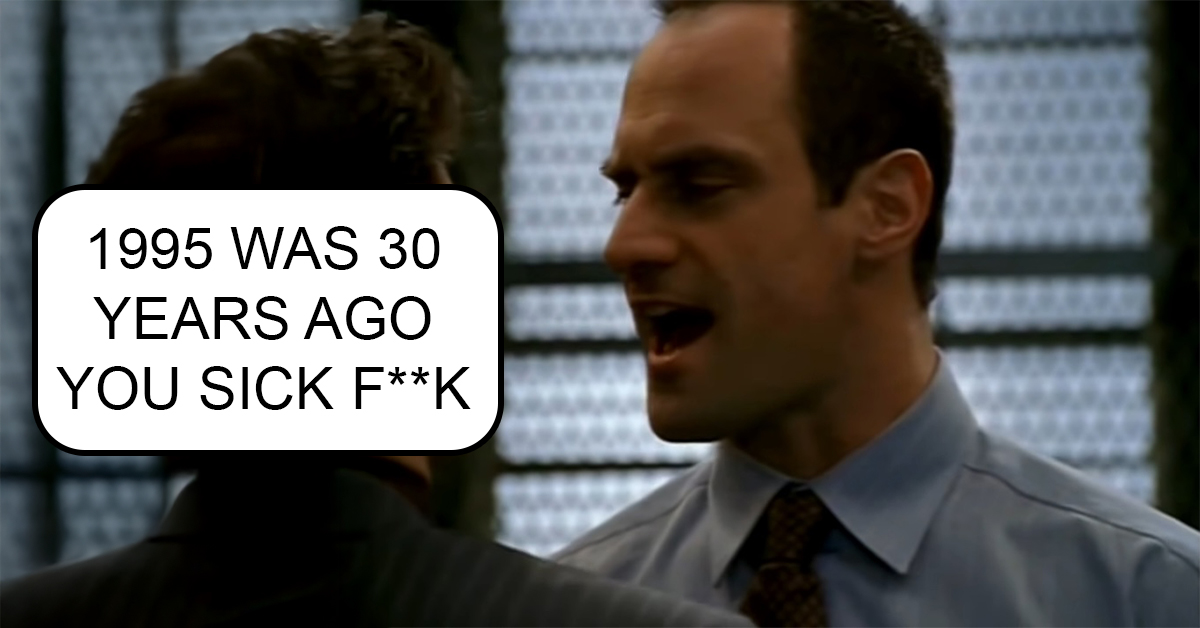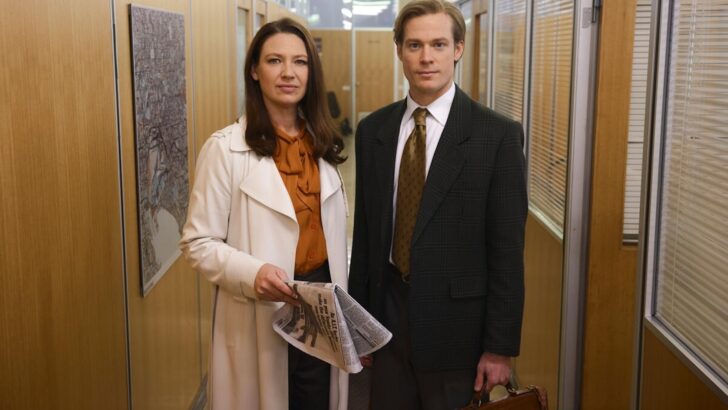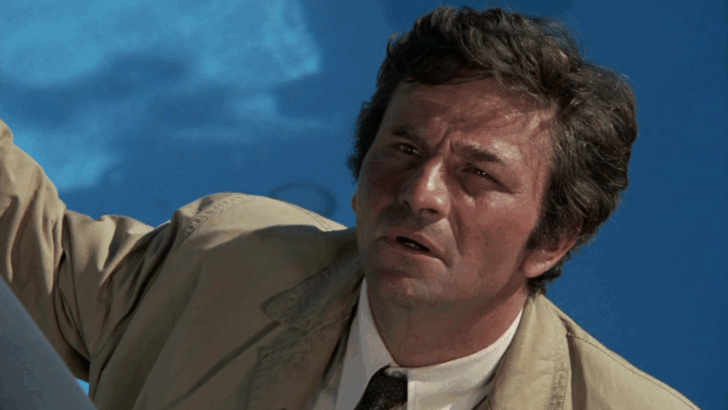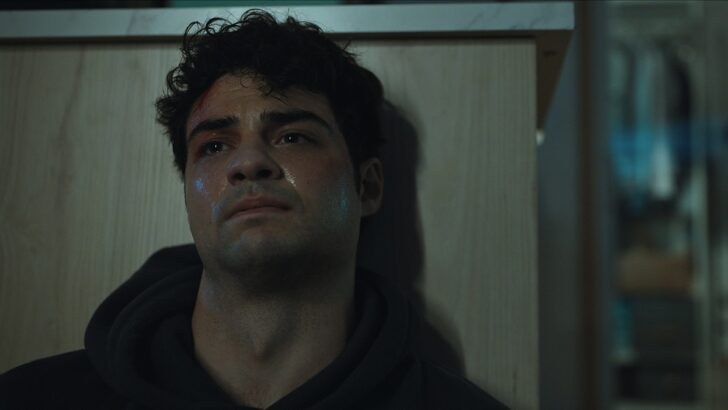TV Gave Us a Million Cop Shows, But Reporters Get the Short Stick

Turn on the TV, and you’ll be met with a flood of doctors saving lives, lawyers defending clients, cops chasing killers, and firefighters pulling off daring rescues.
These professions dominate the primetime landscape.
But when’s the last time you saw a show about the people telling their stories? Where are the reporters?
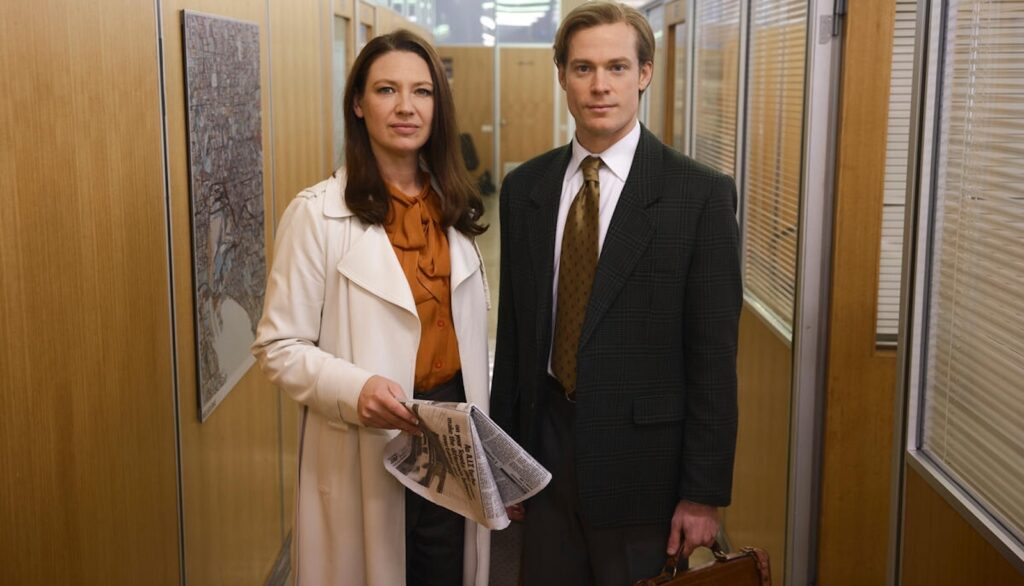
It’s a strange absence, given how central journalism is to our daily lives.
You’d think networks would want to highlight the adrenaline of breaking news or the drama of chasing a lead.
Instead, journalism shows are few and far between, and the ones that do make it on the air often fizzle quickly or morph into soap operas.
The TV Comfort Zone

There’s a reason why cop and doctor shows thrive. They’re formula machines.
A case, a patient, a crime — each week delivers a beginning, middle, and end. Reporters don’t work that way. Real investigations take time, leads collapse, and stories stall out.
Translating that into an episodic format is harder than slotting in a “case of the week.”
But the structure is only part of the problem.
Journalism Is Controversial
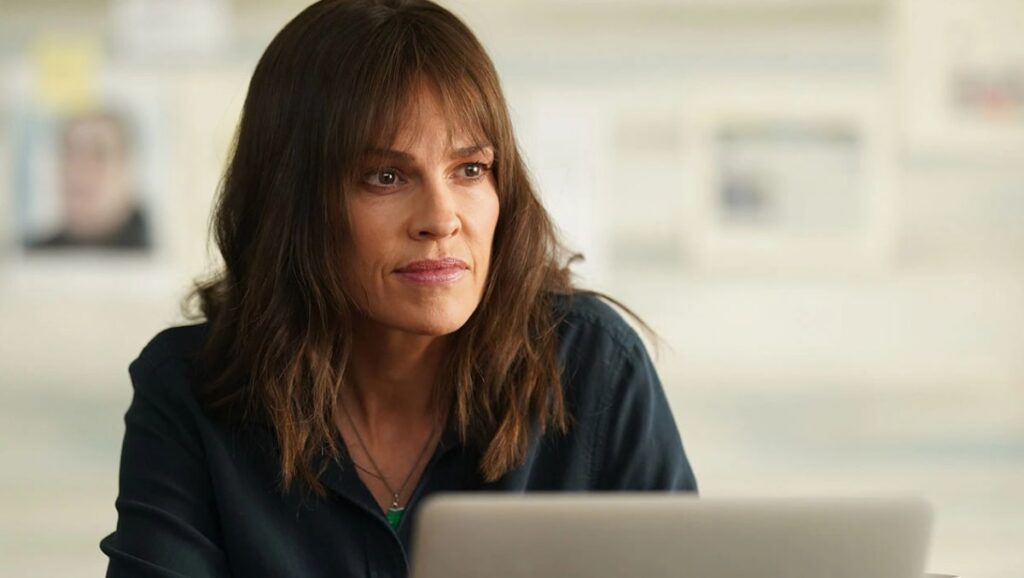
Unlike doctors and firefighters, reporters come with baggage.
Depending on your perspective, they’re either guardians of democracy or vultures circling tragedy. Networks know this, and putting a journalist front and center can feel like taking a political stance.
Take Alaska Daily.
Hilary Swank starred as a big-city reporter uncovering corruption in Alaska. Critics praised the show for spotlighting the importance of local journalism, but it lasted just one season.
Compare that to Canada’s E.N.G. in the late ’80s and early ’90s — a hit that captured the drama of a newsroom so well it made an entire generation (myself included) dream of reporting careers.
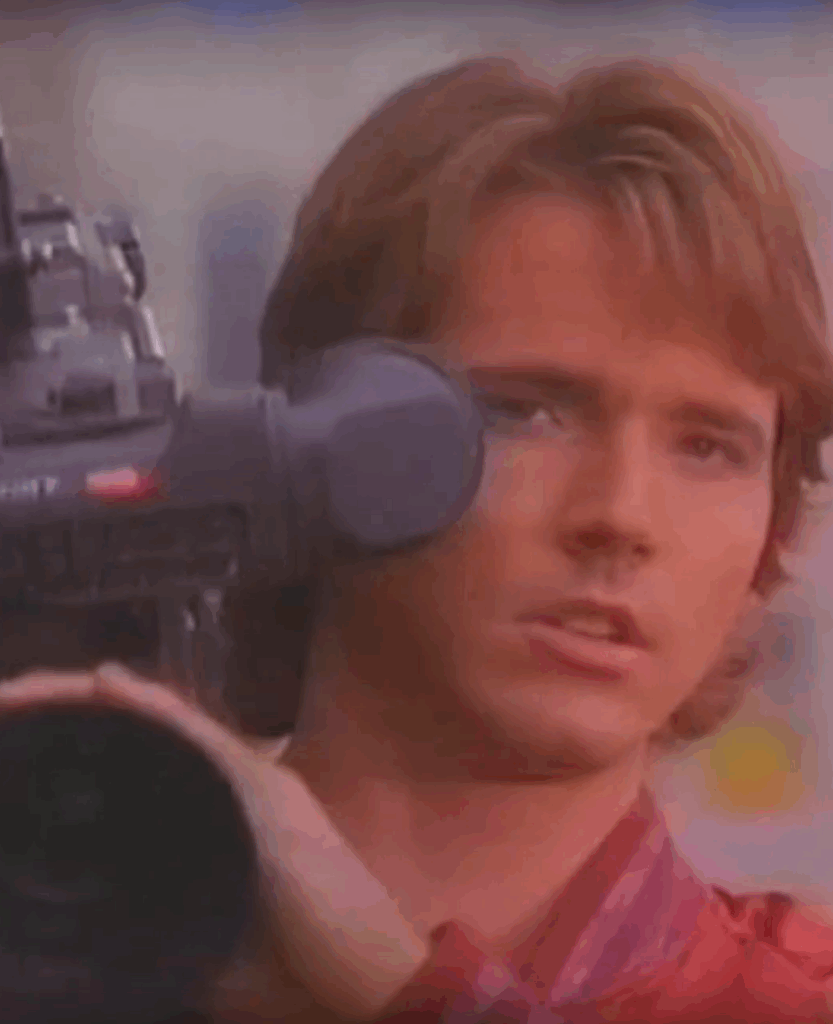
Or look at Australia’s The Newsreader, a current AMC+ series that turns the nightly news into must-see drama.
Clearly, there’s an appetite — just not in the U.S.
Soap or Bust
When American TV does try to focus on reporters, the shows often slide into soapier territory.
The Morning Show began with a bold examination of #MeToo and network power dynamics, but ultimately leaned into glossy melodrama.
Good Girls Revolt, meanwhile, was a sharp and inspiring series about women demanding equality in a 1960s newsroom. It should have run for years, but Amazon cut it down after just one season.
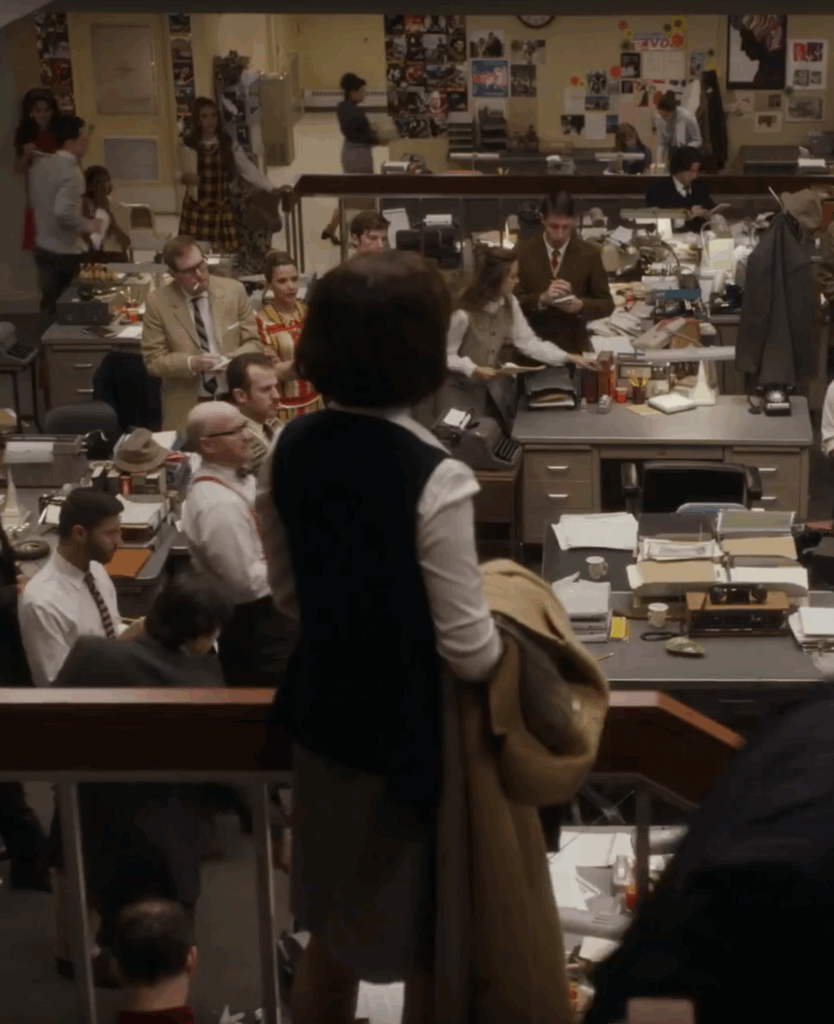
It’s almost as if journalism is only allowed on TV if it’s dressed up in scandal, romance, or corporate intrigue.
Strip that away, and the networks lose interest.
Nostalgia for When It Worked
Part of the reason people still talk about Lou Grant and Murphy Brown is that they were the exceptions.
Lou Grant tackled investigative reporting head-on in the late ’70s and ’80s, presenting journalists as dogged truth-seekers.

Murphy Brown leaned on comedy and personality, but it never let viewers forget the messy reality of producing a nightly newsmagazine.
Those shows weren’t perfect, but they stand out precisely because so few followed in their footsteps.
Why Other Countries Lean In
It’s not that journalism can’t make great television.
The Hour (UK) proved it by turning a 1950s newsroom into a political thriller.
The Newsreader (Australia) captures the pressure cooker of live television with style and heart.
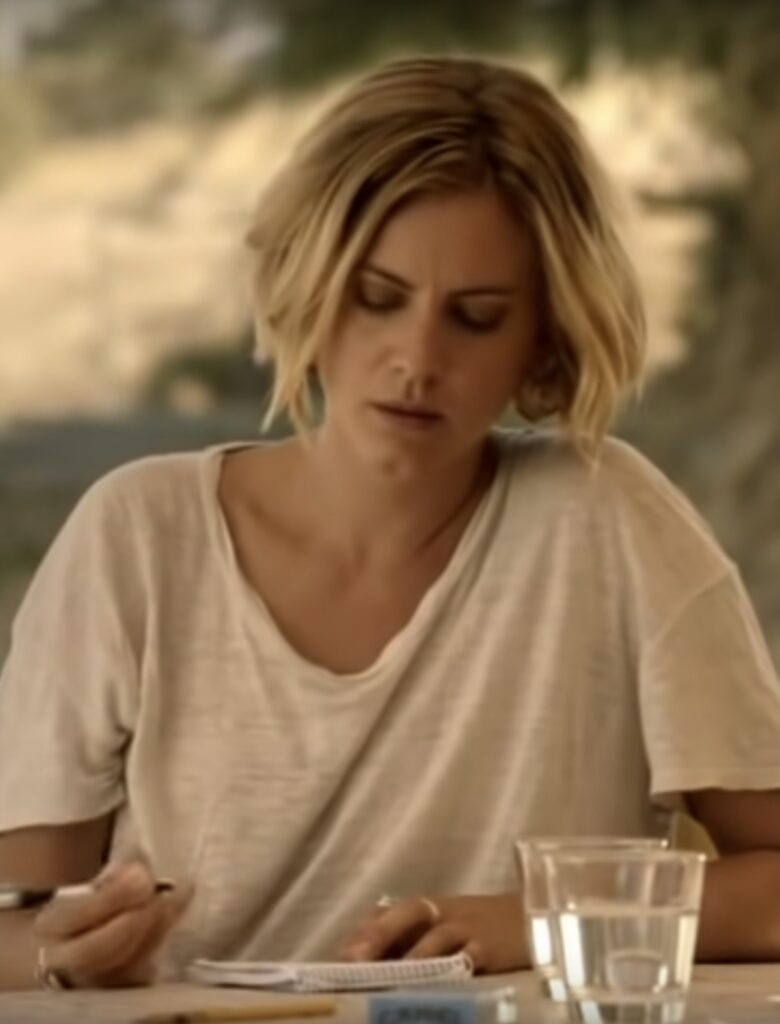
Sweden’s Anna Bengtzon: Crime Reporter made a journalist the engine of a crime series, where her pursuit of stories is as thrilling as the crimes themselves.
So why is the U.S. so squeamish? Maybe it comes down to trust.
Other countries treat journalism as a profession worth dramatizing. In America, where public trust in media is low, networks would rather play it safe with heroes in uniforms.
What Does That Say About Us?
Maybe television reflects what we value.
If our screens are full of cops, doctors, and firefighters — but not the reporters who cover them — does that mean we don’t value the press the same way? Or are networks just underestimating audiences who would tune in to watch?
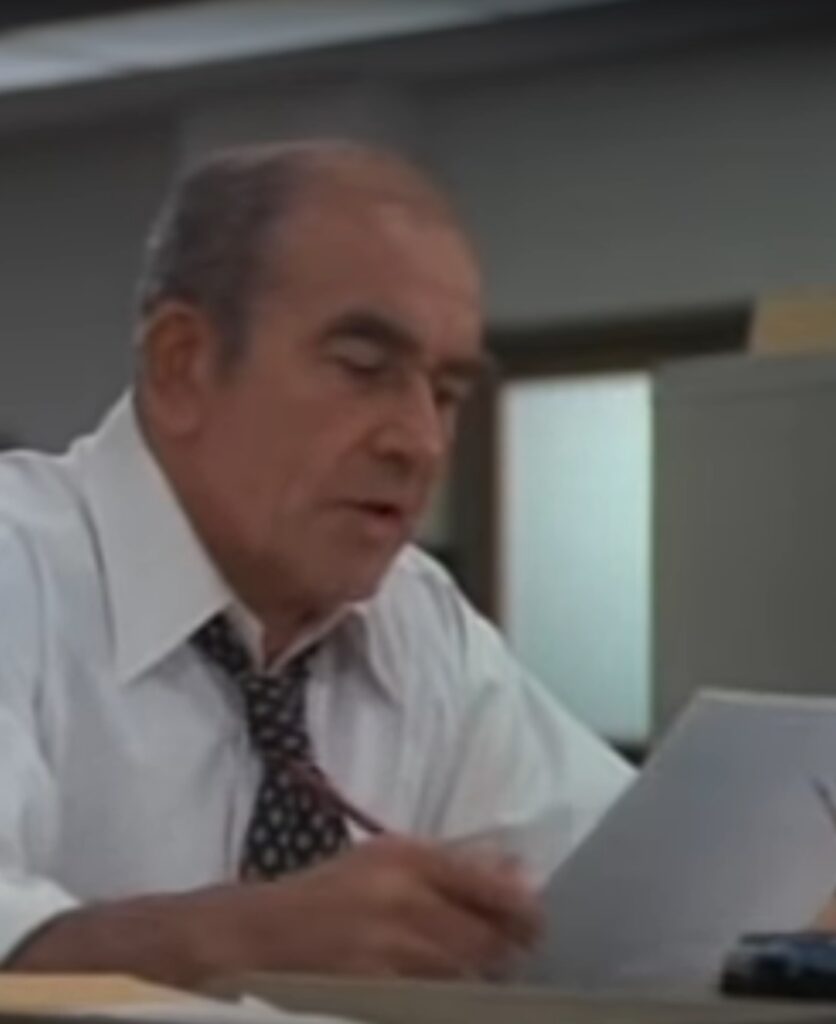
I’ll never forgive Amazon for canceling Good Girls Revolt. And I’ll never stop wishing for another show like E.N.G., which made reporting look so exhilarating that I almost chased that career myself.
But until the U.S. decides that journalism is as worthy of celebration as medicine or law enforcement, those of us who crave these stories will be left clinging to imports like The Newsreader.
If you’ve ever wondered why TV leans so heavily on certain professions while ignoring others, you’re not alone.
We dug into a similar blind spot with our look at childbirth on TV, and it’s fascinating how these gaps reveal what stories networks think audiences want.

But fans like us know better — we crave the unexpected.
So tell us: would you tune in for a sharp, character-driven journalism drama?
And while you’re here, don’t forget to poke around our classic TV coverage — you might just rediscover a forgotten gem that deserves a second look.
-
TV Gave Us a Million Cop Shows, But Reporters Get the Short Stick
TV is packed with doctors, lawyers, and cops — but why so few shows about reporters? We dig into what that says about us and the stories we value.
-
Do We Really Need to Know the Killer? Rethinking the Columbo Formula
Do detective shows like Elsbeth and Poker Face sell us short by revealing the killer too soon? Maybe it’s time to rethink the Columbo formula.
-
Noah Centineo Starring as Young Rambo Is So Outrageous It Just Might Work
A Rambo prequel is headed our way with an unusual casting choice. But is it so outlandish that it just might work? We discuss!
The post TV Gave Us a Million Cop Shows, But Reporters Get the Short Stick appeared first on TV Fanatic.
What's Your Reaction?
 Like
0
Like
0
 Dislike
0
Dislike
0
 Love
0
Love
0
 Funny
0
Funny
0
 Angry
0
Angry
0
 Sad
0
Sad
0
 Wow
0
Wow
0




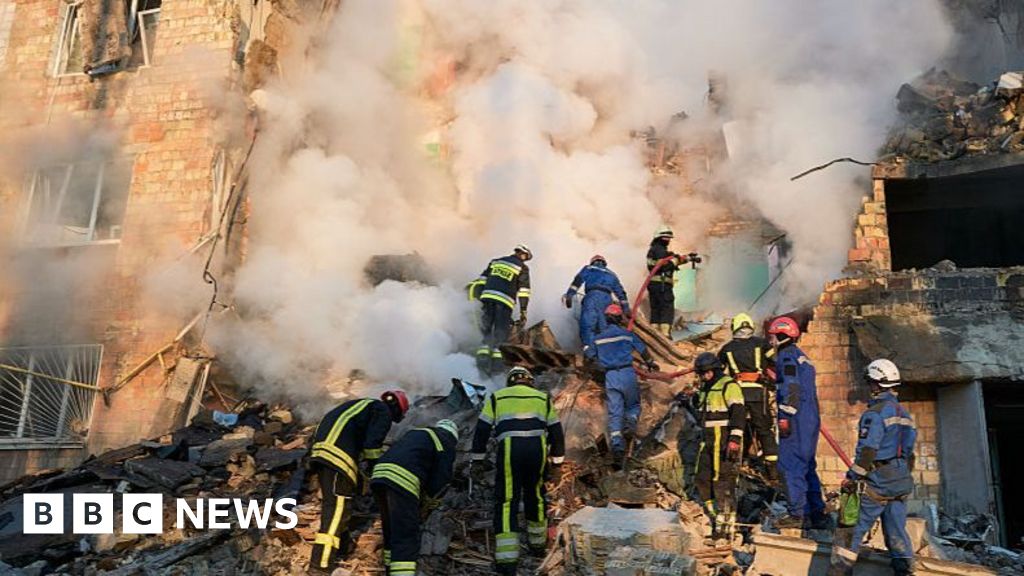
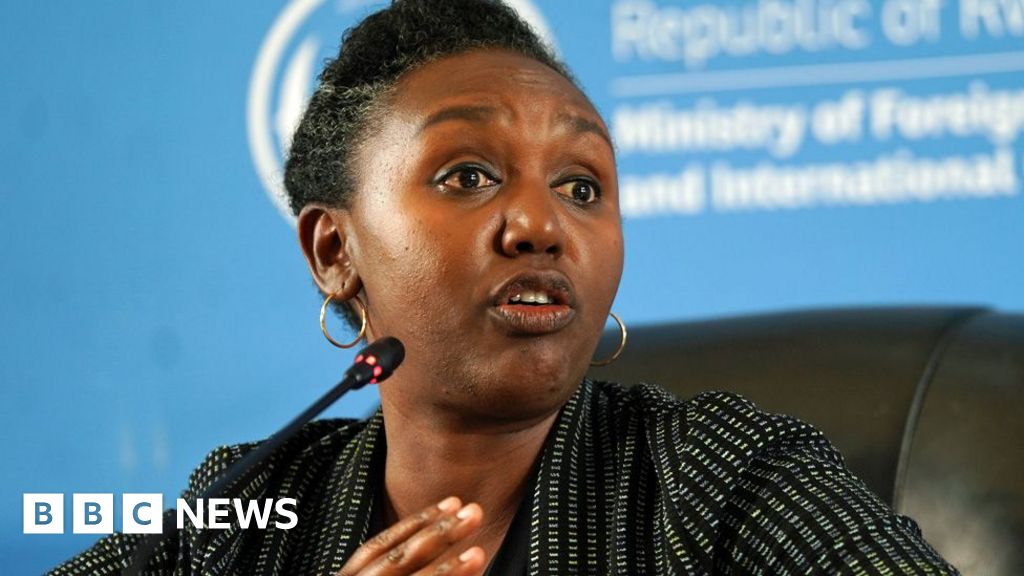




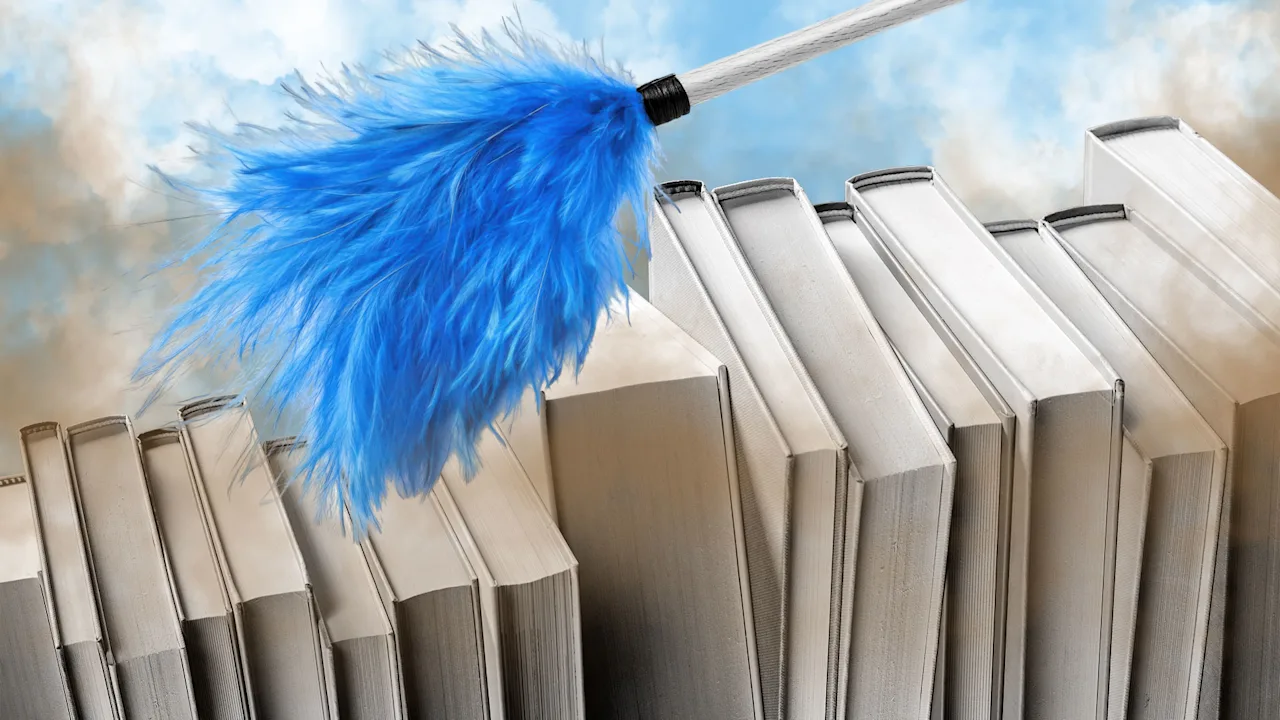
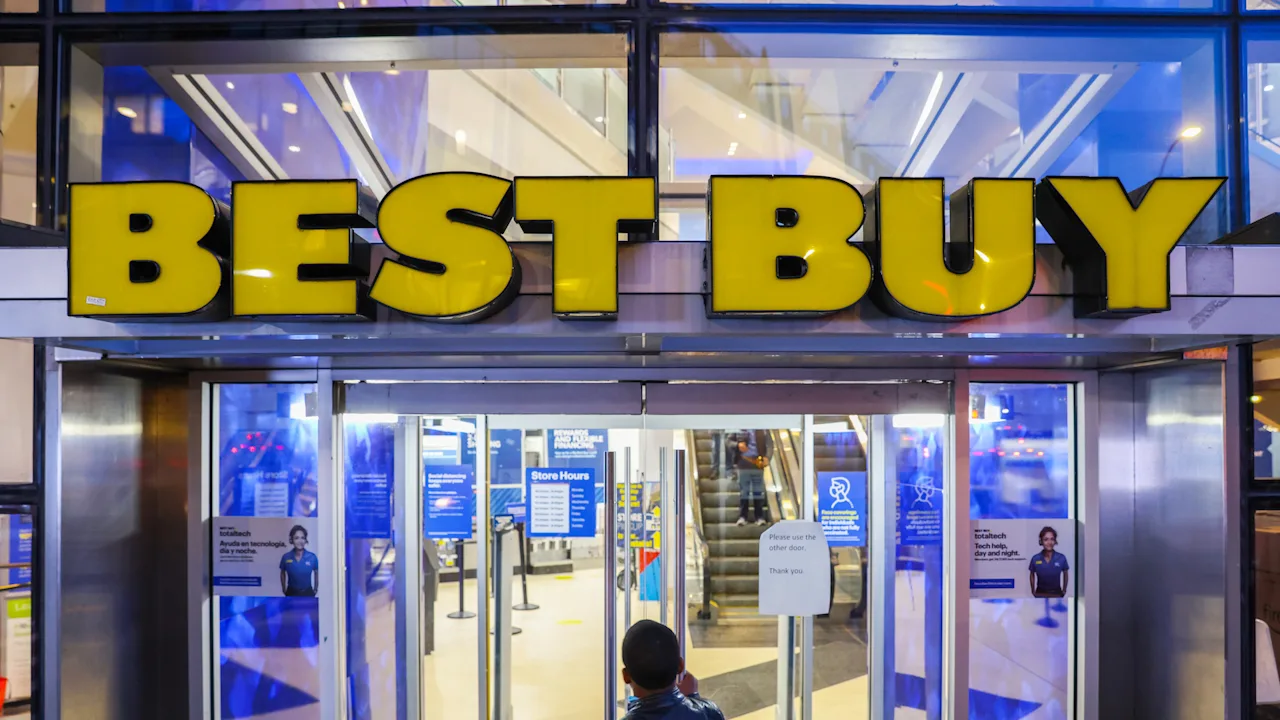
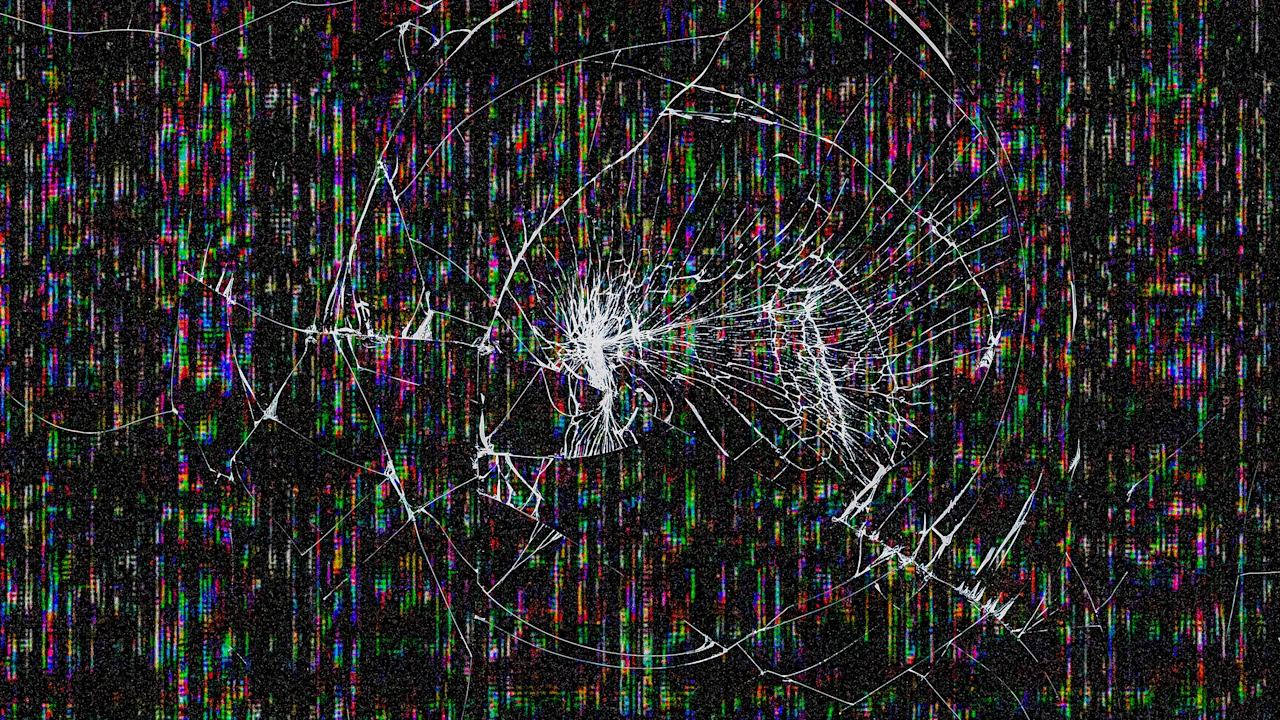
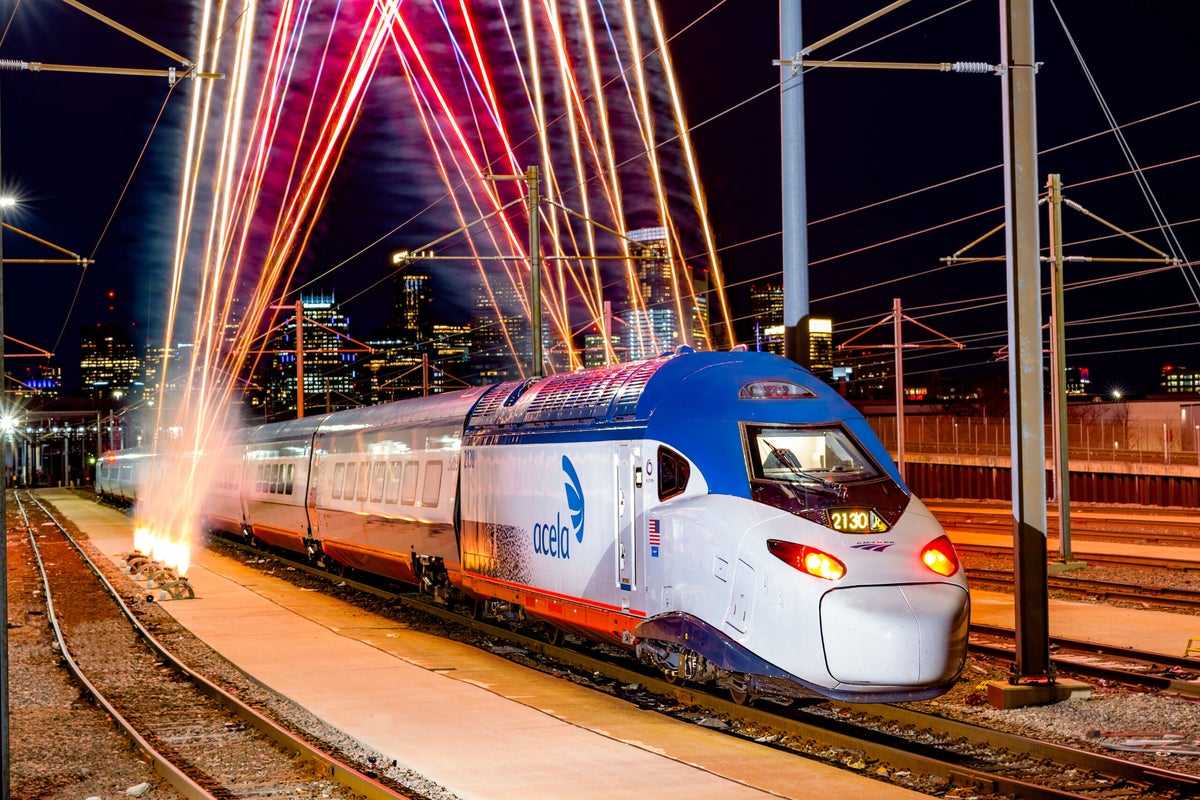










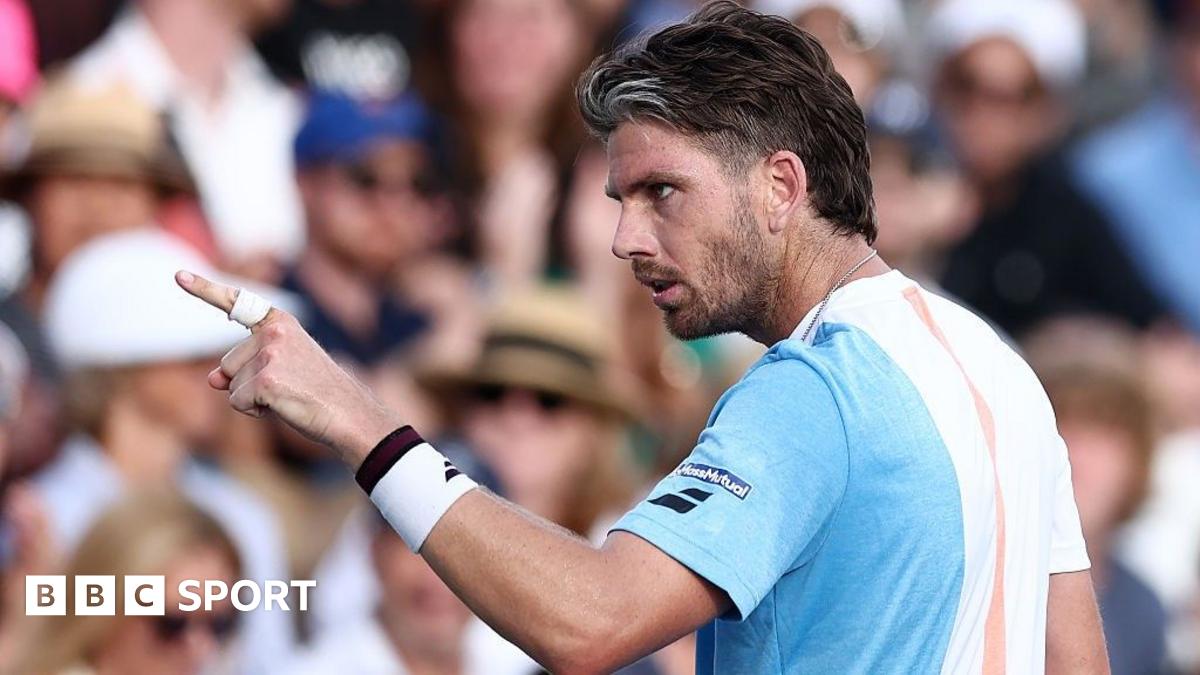
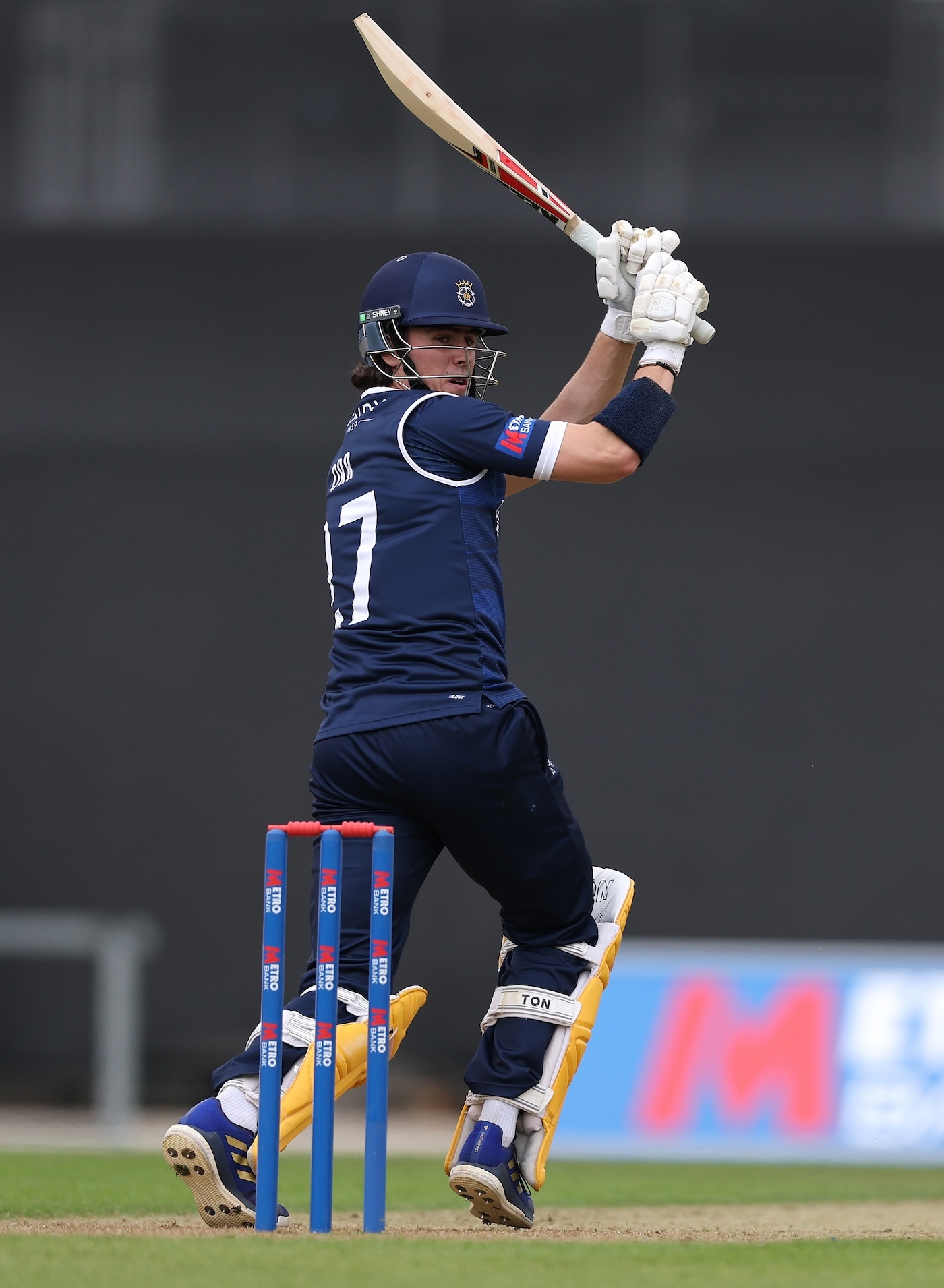






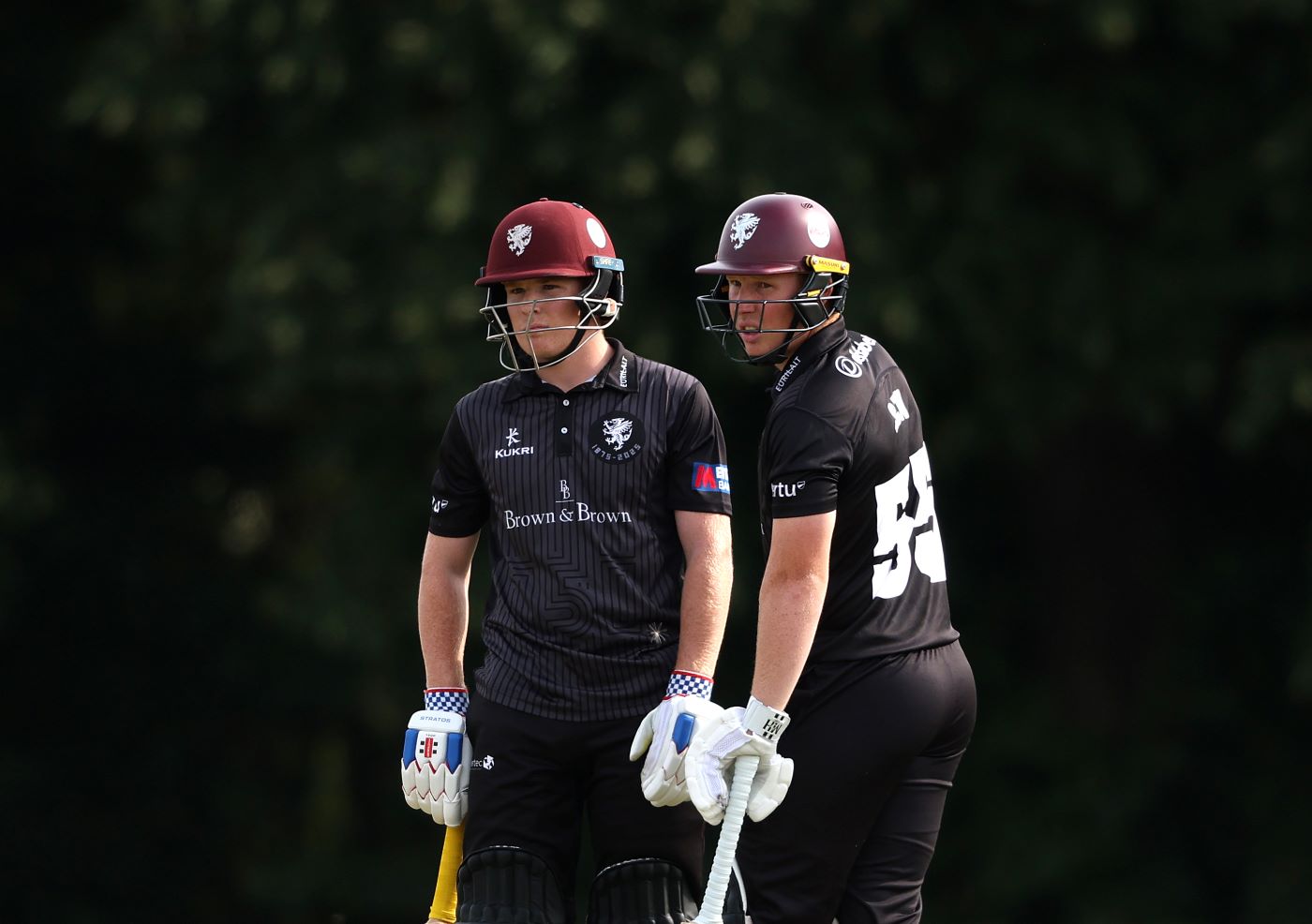
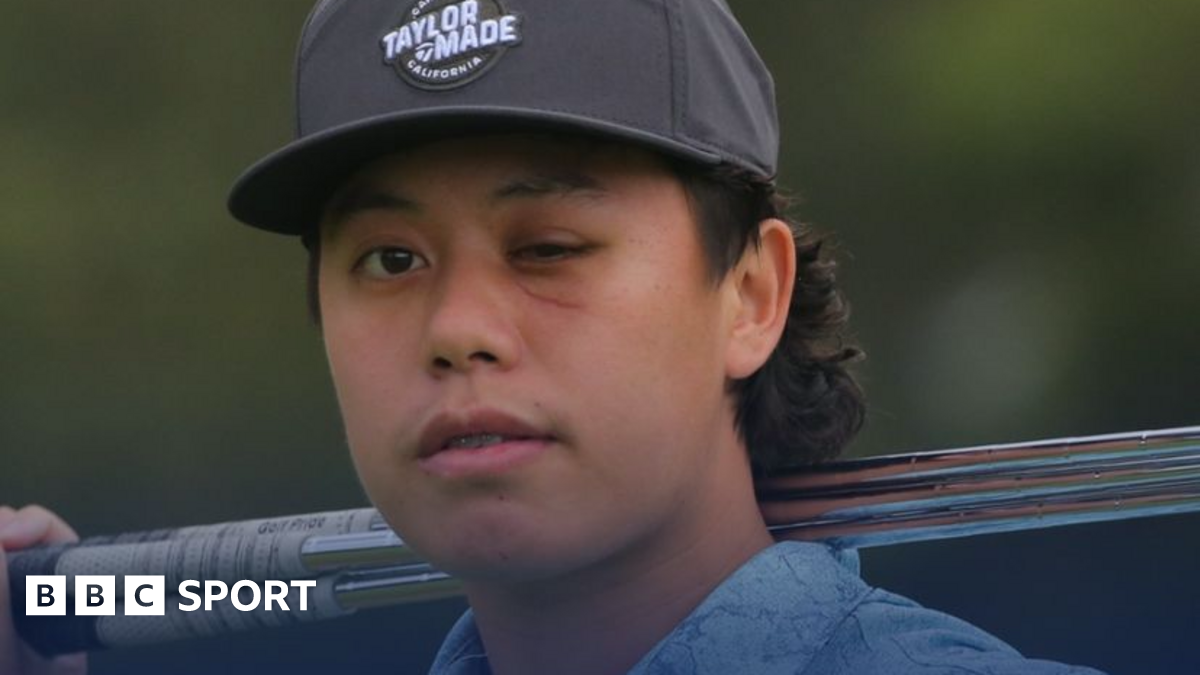

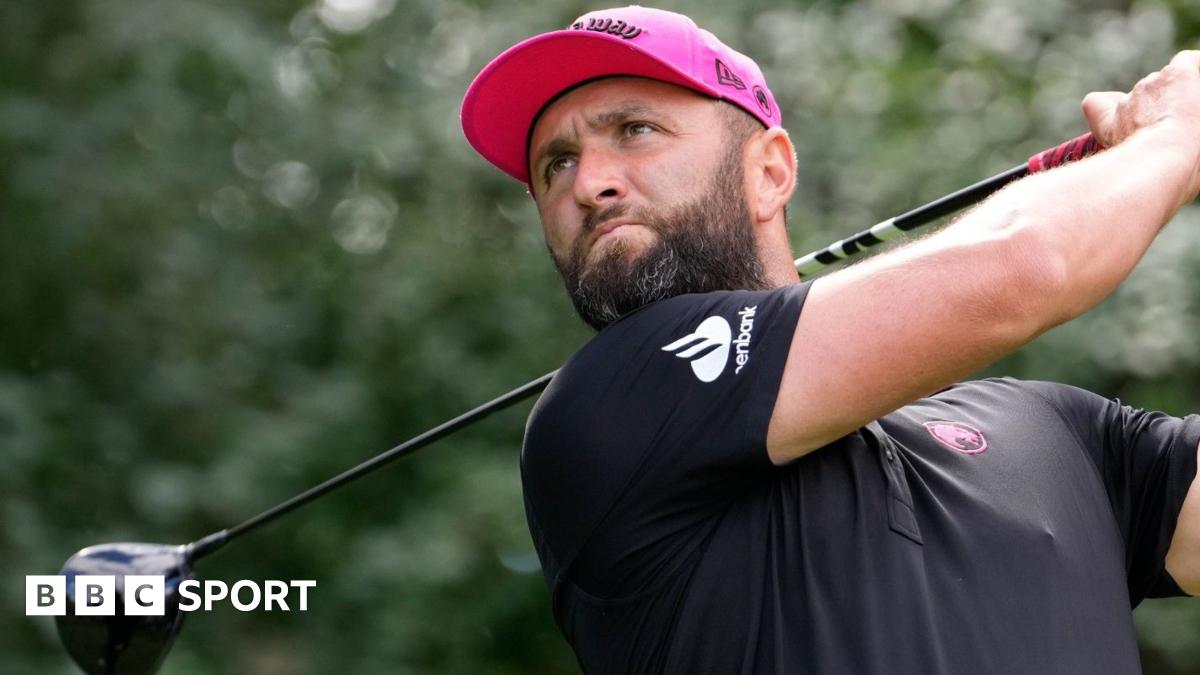

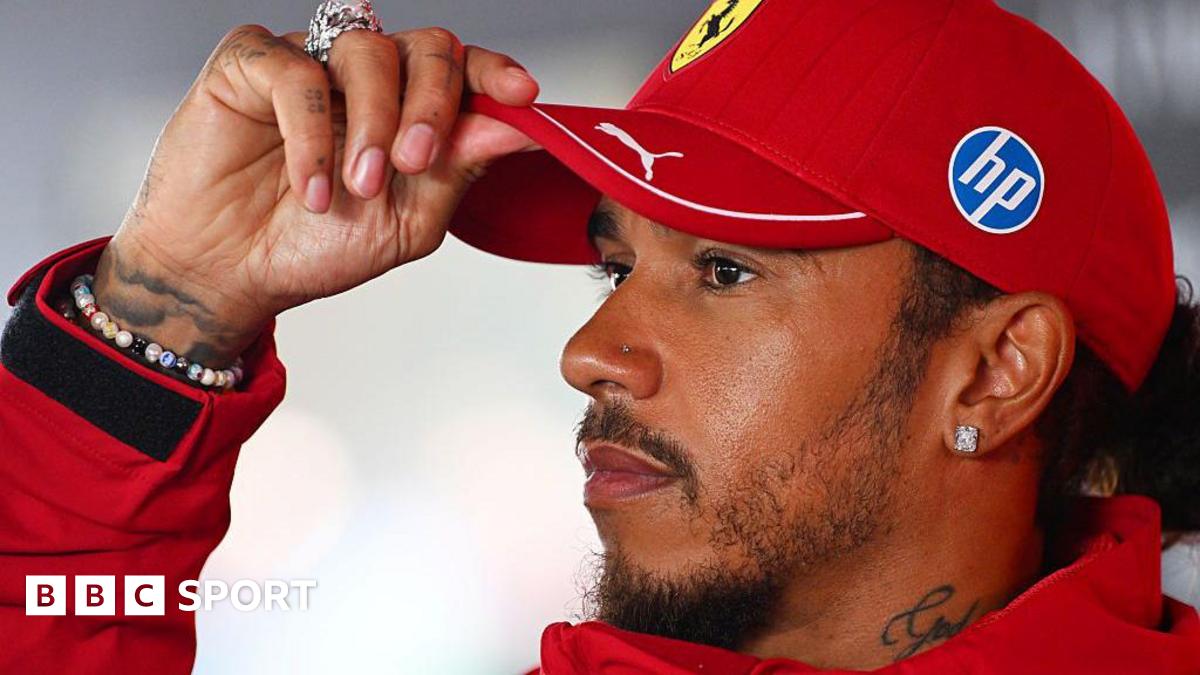
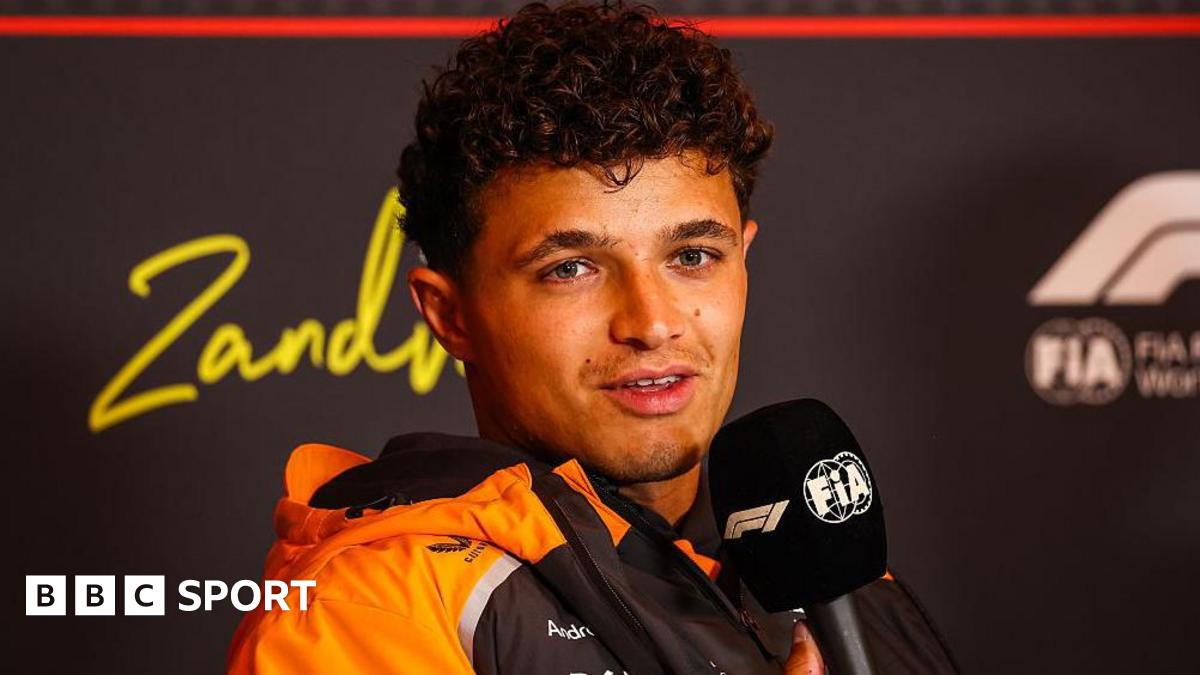
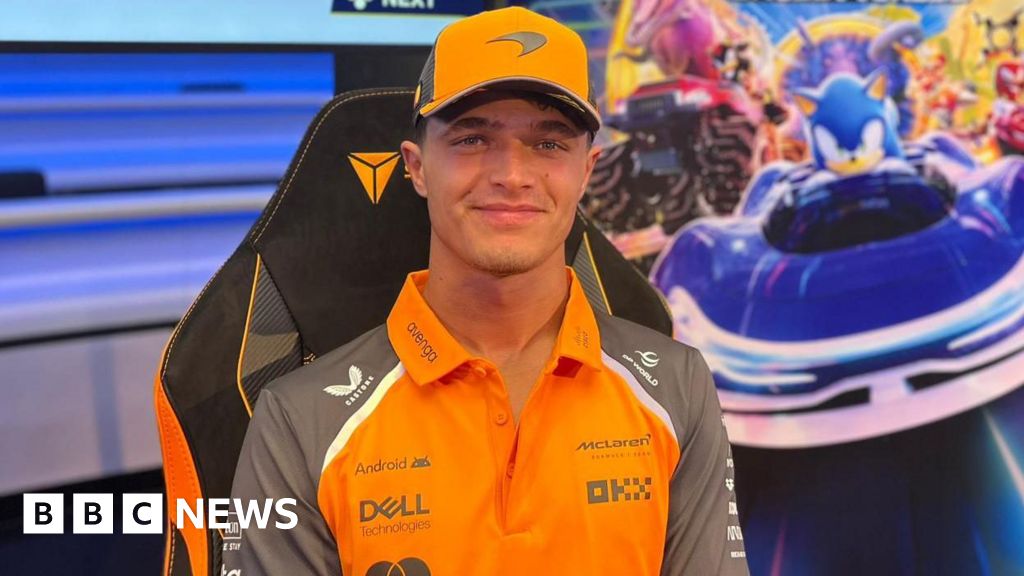
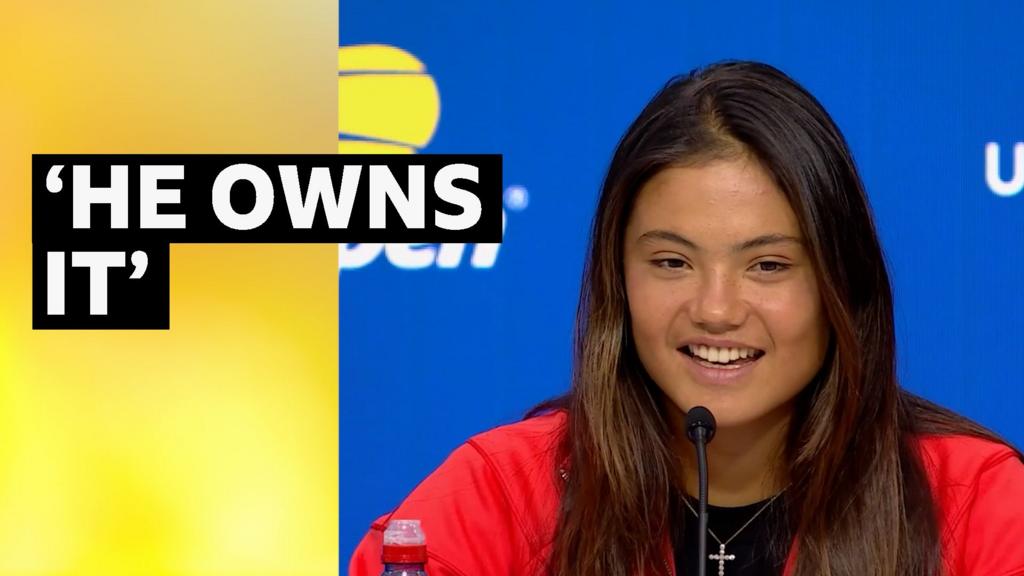
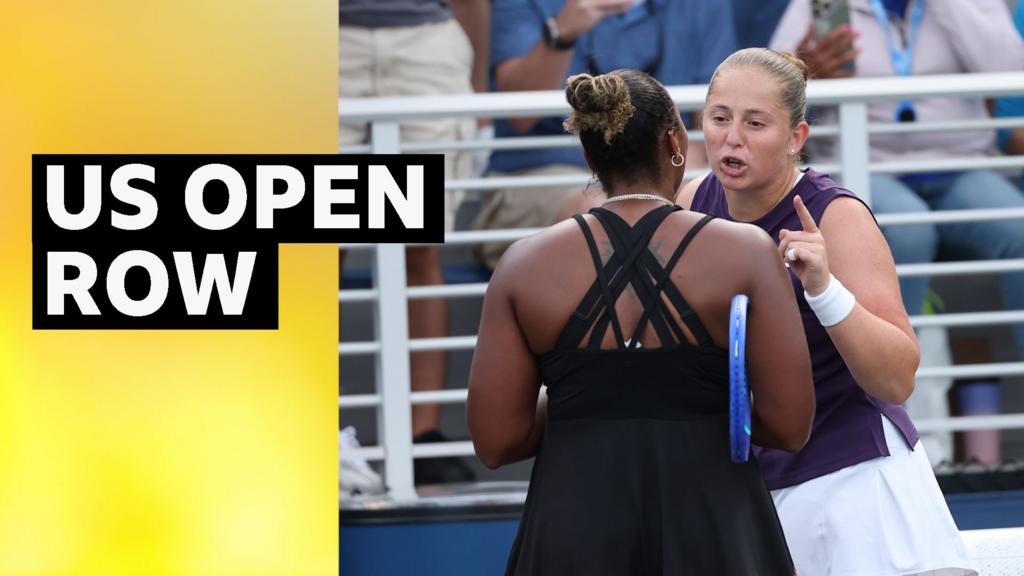
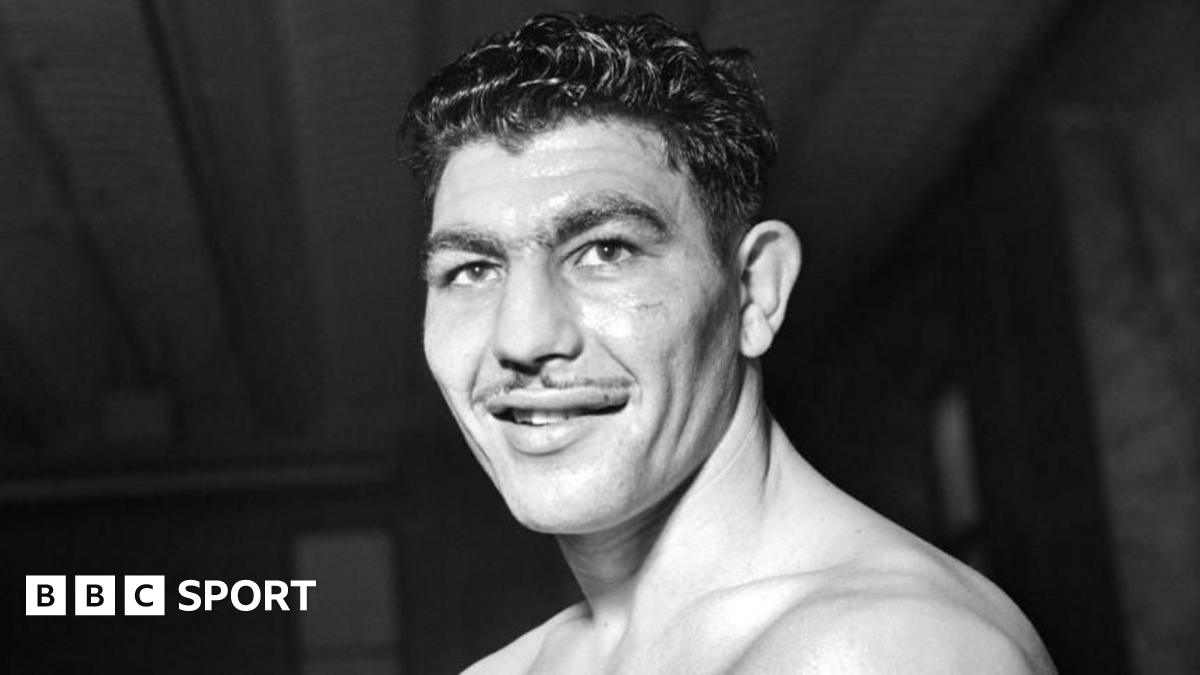
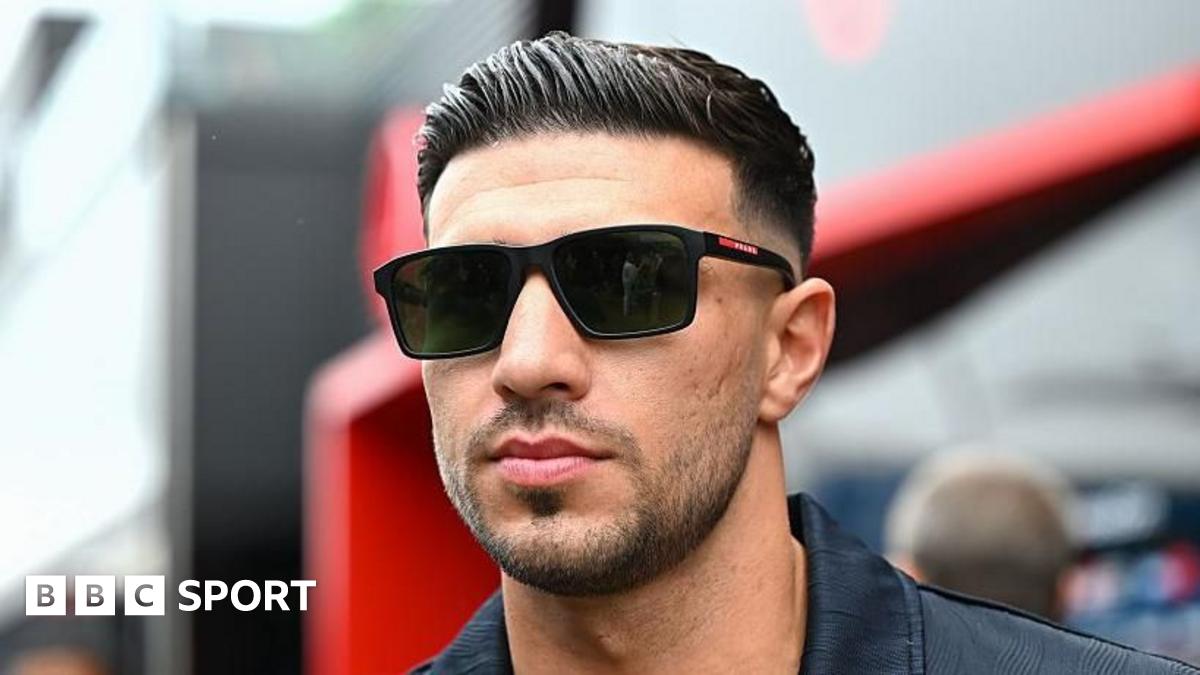
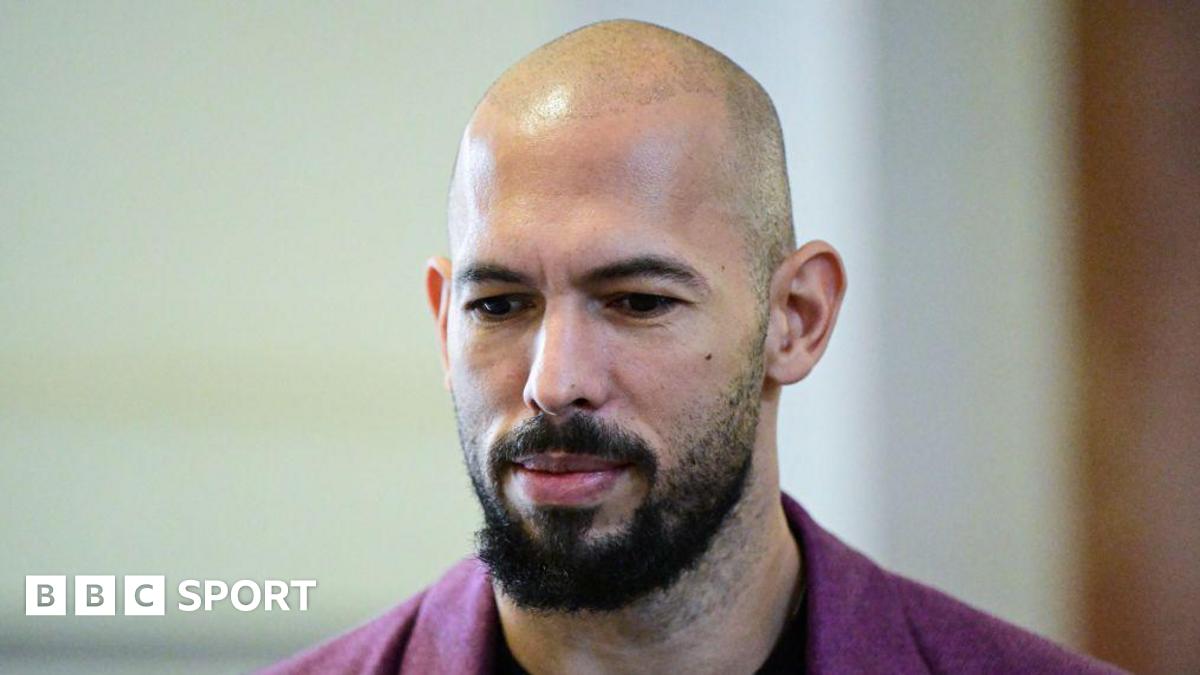
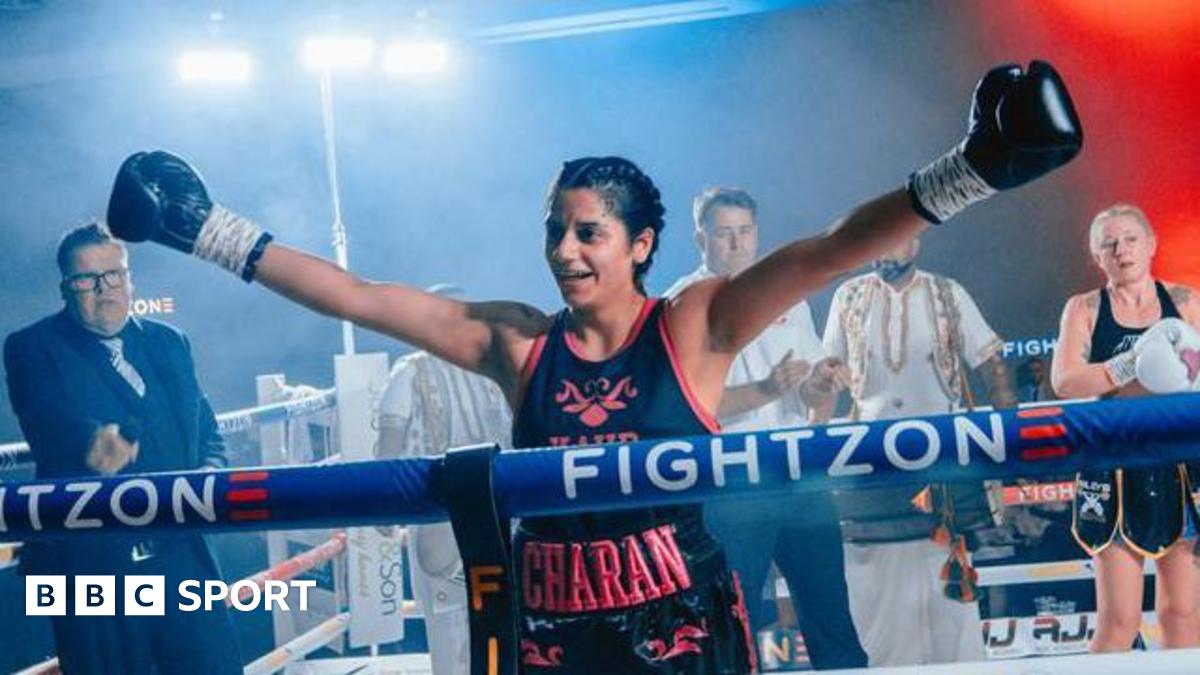

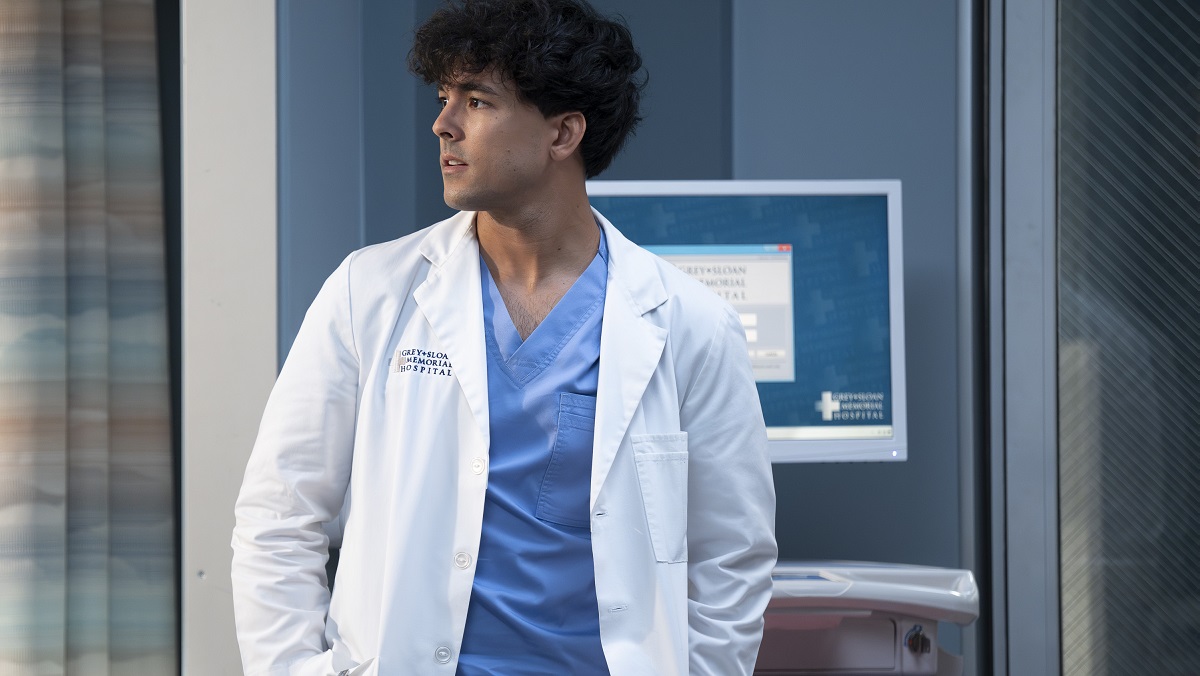
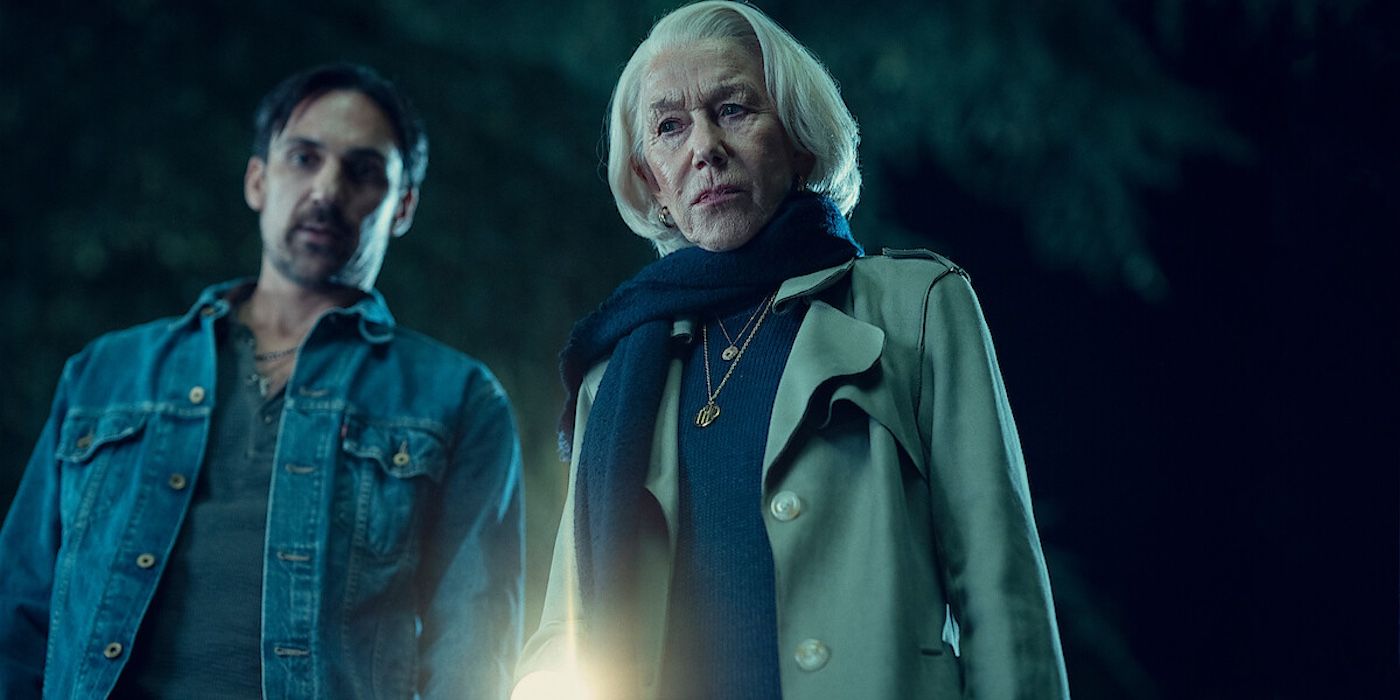



![ROREY releases a powerful song on radical acceptance with "Hurts Me To Hate You" [Video]](https://earmilk.com/wp-content/uploads/2025/08/image-26-800x529.png)
